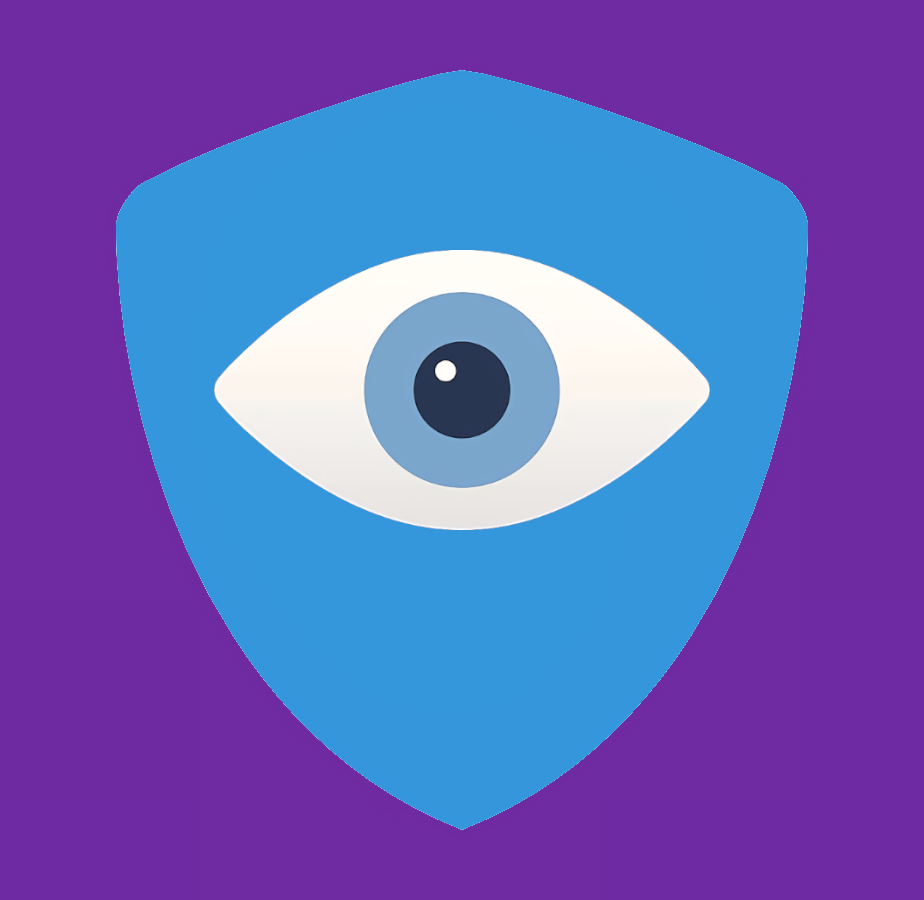Because it’s kind of hard! Even if I follow their instructions. Maybe I’m just dumb . . . 🙁
Depending on your threat model, not very important. What are the chances that 1) someone will have hacked Mullvad’s server and installed a compromised version of the browser, and 2) you happen to download the compromised version before the hack is discovered and mitigated?
Also, the signature and the package appear to be on the same server, so what’s necessarily going to stop the hacker from updating the signature to match their hacked package?[Edit: It’s a GPG signature, not a simple hash signature, so I guess that’s so not trivial after all.]Right. The risk is low, but nonzero.
You’ll want to make sure that the key you’re validating is provided through another trusted channel, so that an attacker can’t provide a bad download and have you check it against their bad key too.
That’s kind of what I figured, although after following Mullvad Browser’s instructions for verification, I did get two different RSA keys, if that means anything . . .
It is important if you care. They sign releases with the same Tor Browser key. Instructions are found on this page: https://mullvad.net/en/help/verifying-mullvad-browser-signature
You need 2 files (both are on the download page):
- Browser file
- Signature file
The basic process is as follows:
- Obtain signing key.
- Verify browser using signature file.
Note: Ignore warning about the key not being signed with a trusted key (we skip an unnecessary step for a begineer walkthrough)
You can double check everything I said by looking at their instructions.
Right, and I got two different RSA keys . . .
Signature verification protects you against malicious actors. Generally its not critical, but if you’re worried about the source you’re getting software from, then I highly recommend that you verify the signature. Ideally, you’re given an
ascfile with the distribution and assuming you have PGP installed (and have a key), it’s pretty easy.First you want to import the public key they are saying that they use to sign all of their distributions;
gpg --auto-key-locate nodefault,wkd --locate-keys torbrowser@torproject.orgOnce it’s in your keyring, you sign it with your own key;
gpg --sign-key torbrowser@torproject.orgThis is you telling the keyring that you trust this exact signing key, so now when you verify anything using that signing key (no matter where you get it from) you’ll get a little message saying “hey, we know who this is, this is probably safe!”;
$ gpg --verify mullvad-browser-linux-x86_64-13.0.4.tar.xz.asc gpg: assuming signed data in 'mullvad-browser-linux-x86_64-13.0.4.tar.xz' gpg: Signature made Thu Nov 23 11:24:40 2023 CET gpg: using RSA key 613188FC5BE2176E3ED54901E53D989A9E2D47BF gpg: Good signature from "Tor Browser Developers (signing key) <torbrowser@torproject.org>" [full]In all reality, signing archives like this isn’t really necessary anymore. In the early days of the internet when resources were scarce and web-servers didn’t have 100% uptime, people mainly got software from FTP servers that weren’t up all the time. So you have to search and hunt for software and sometimes get it from random places. This was a way for you to ensure that even though you didn’t get it from an official source, that the software you were about to put on your machine wasn’t messed with.
These days you’re gonna get it directly from Mullvad–but even so, using signing keys protects you from MITM attacks, so that’s always cool. lol.
Thank you for taking the time to write all that! I did do what you described, but the RSA key I got at the end was different from what Mullvad’s webpage says, which is the same as what you put, I think: 6131 . . . etc.
Good signature from "Tor Browser Developers (signing key) <torbrowser@torproject.org>" [full]Did you see this notification at all when you verified the key signature?
Yes, I got:
Good signature from "Tor Browser Developers (signing key) <torbrowser@torproject.org>" [full]Does that mean it’s ok? Maybe Mullvad just needs to update their website?
You should always verify signature and hash for any software you are installing but also keep in mind that if someone was really trying to send you a malicious download then there’s good chance that they will also deliver you a malicious signing key and hash. And there is really no good solution. If it is critical you can try to get signings keys from different places and with different IPs and maybe even different devices but pick and choose how long do you want to go down this rabbit hole.
The important is to do it the first time. Then just upgrade the app.
That’s a bad advice you don’t know how they are updating it. If it is added in the repo then package manager will check the signing key but if it is an in app update then that may not be verifying the new package and if someone is doing MITM they can switch it up
I don’t think it’s bad advice for most people. Maybe it’s just bad advice for your treat model
Yeah I guess so. Due to SSL if you want to perform successful MITM you’ll need to have control of DNS and must have rootCA which you control installed on there system/browser. And if it is a supply chain attack where source it self corrupted then there is no hope.
If it is hard, it is usually unnecessary. Unless it is a critical software (like a firmware update), or you suspect that somebody manipilates your traffic (which is highly unlikely on https sites)
Not necessarily traffic. Often download sites use mirrors to serve you the download. Sometimes those links are provided via a CDN which can be forced to comply to LEA or some other static hosted mirrors which are often hosted by others. The second part is more likely on community managed software.
So either traffic or the server/CDN behind the link. Happened before.
From Mullvad support:

What’s your OS and how are you installing it? It’d be normal for a package manager to check this for you.






